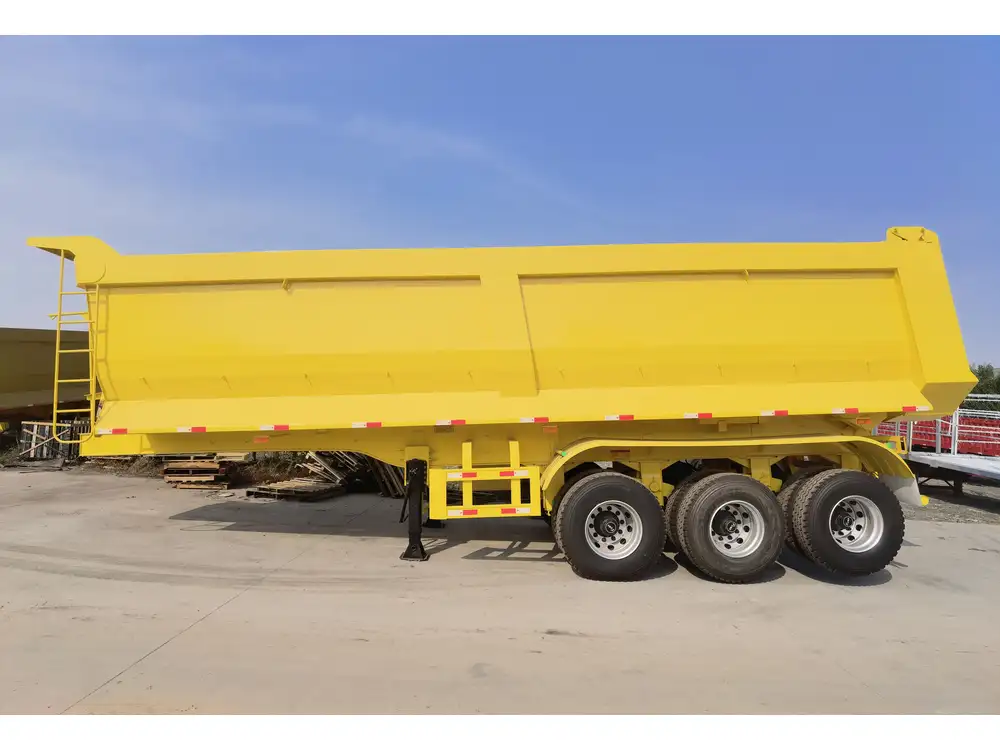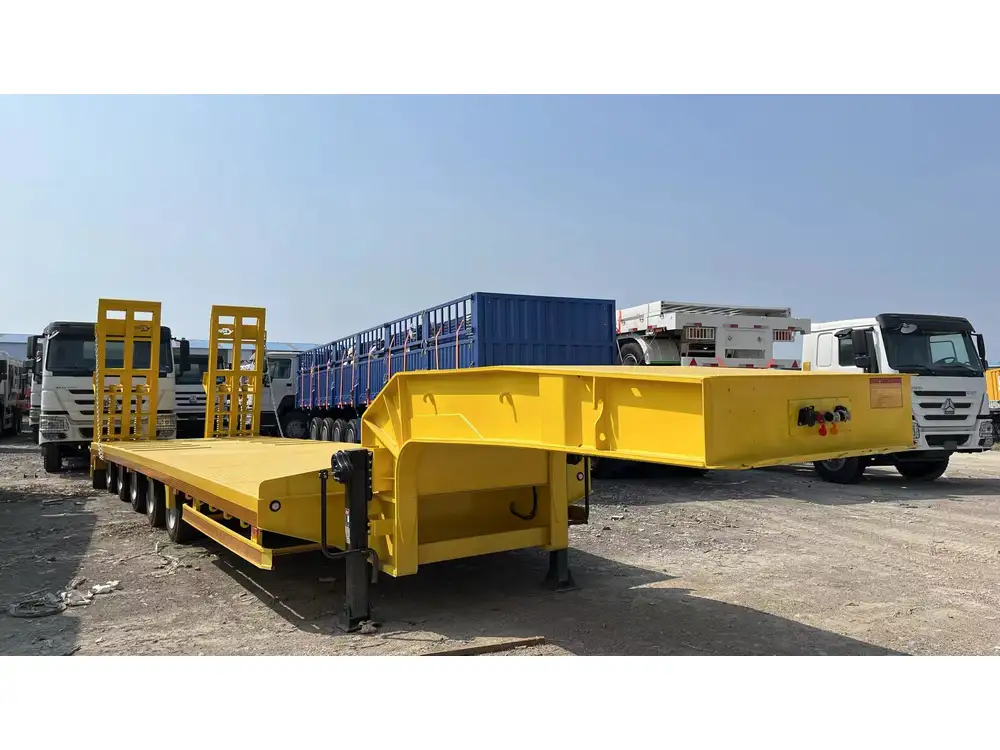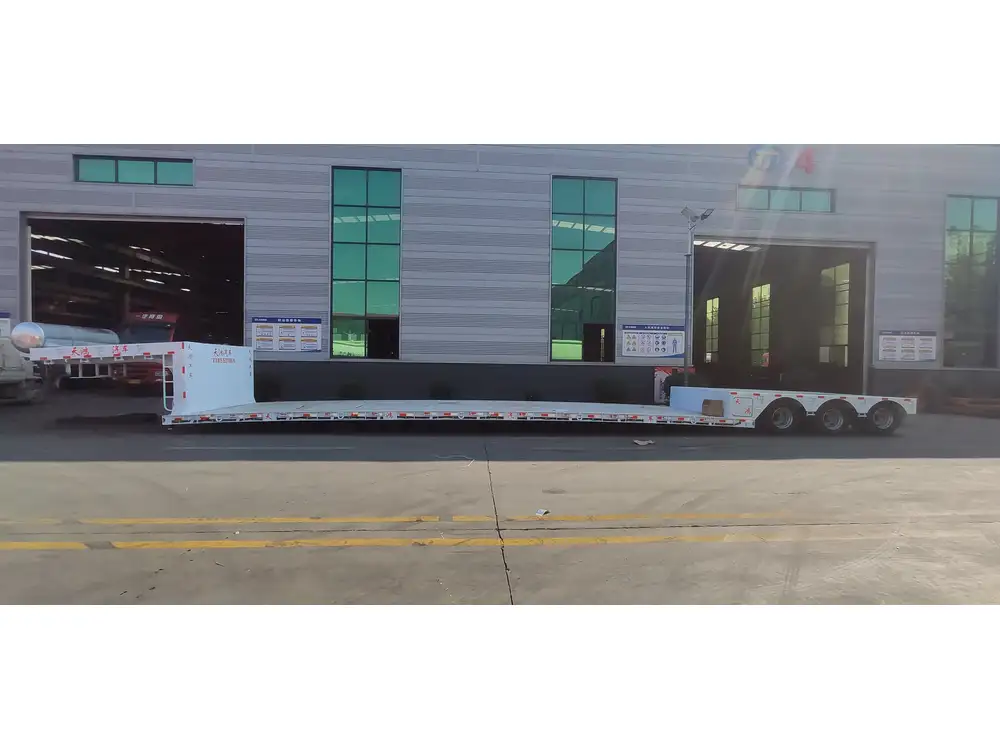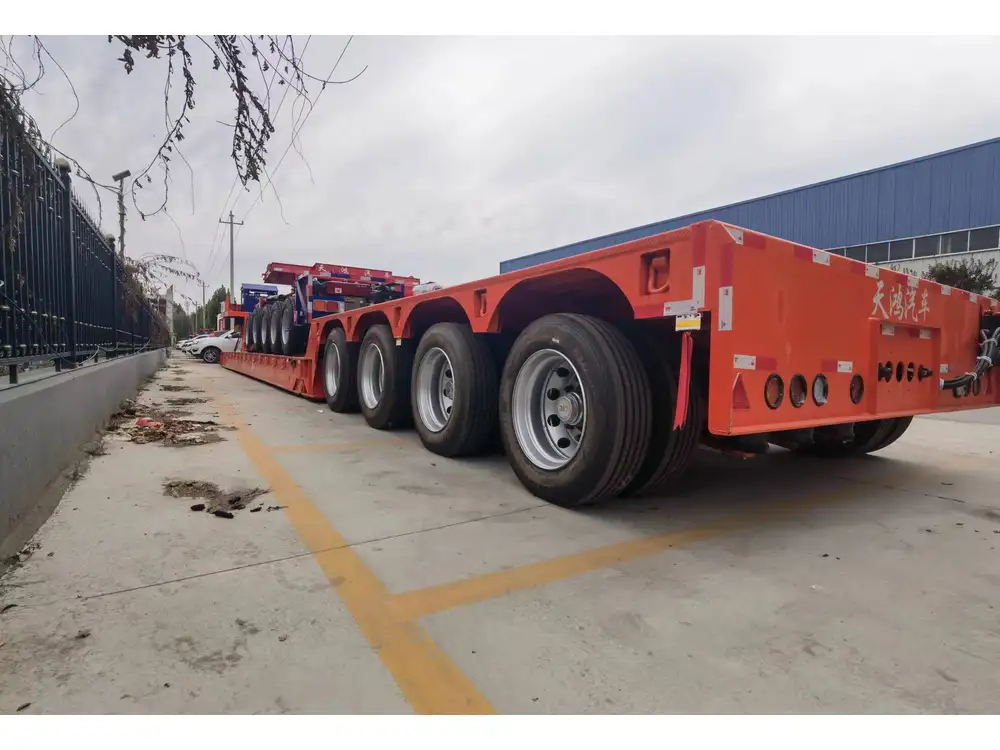In the world of computer networking, understanding the data link layer is essential for ensuring efficient communication. At this layer, the data link frame plays a crucial role, and the trailer is one of its key components. This article delves deeply into the intricacies of what is contained in the trailer of a data link frame, essentially piecing together the vital elements and their functions to enhance your grasp of networking protocols.
What is a Data Link Frame?
Before dissecting the trailer, it’s essential to understand what a data link frame is. In networking, a data link frame serves as a package that encapsulates the data being transmitted over a network. The frame consists of multiple segments: the header, payload (data), and trailer. It operates at Layer 2 of the OSI model, where it ensures data transmission errors are minimized and control information is added to the data stream.
Key Components of a Data Link Frame
- Header: Contains control information such as source and destination MAC addresses, frame type, and other protocol-specific information.
- Payload: The actual data being transported.
- Trailer: The part of the frame that appears at the end, containing error detection information and other critical control data.

Frame Structure Overview
| Component | Description | Purpose |
|---|---|---|
| Header | Contains necessary addressing and control information | Identifies source/destination and type of data |
| Payload | Actual data being transmitted | Carries user information |
| Trailer | Contains error checking and control information | Ensures data integrity and transmission error detection |
Unpacking the Trailer of the Data Link Frame
The trailer is often overlooked, yet it is a vital component. It assures that the data reaching its destination is uncorrupted. Let’s break it down further into its principal components and how they function.
Error Detection

Frame Check Sequence (FCS)
The Frame Check Sequence is the most critical part of the trailer. The FCS utilizes a cyclic redundancy check (CRC) method to detect errors that may occur during transmission. Here’s how it operates:
- CRC Calculation: Before the frame is transmitted, the sending device computes a CRC value based on the contents of the frame, excluding the trailer itself.
- Appending FCS: This CRC value is then added to the frame as the FCS in the trailer.
- Verification: Upon receipt, the receiving device calculates the CRC of the received frame. If the value matches the FCS, the data is considered intact; if not, the frame is discarded, and a retransmission request may be initiated.
Frame Termination
The trailer also signals the end of the data link frame. It marks the frame’s completion, indicating to the receiving systems that they’ve received a complete package of information. This is particularly important in protocols where arbitrary-length frames may be transmitted.
Length Field Indicator
In some protocols, the trailer may include a length field that specifies the entire frame length. This feature ensures that the receiving device knows how many bytes to expect, enabling it to buffer the data correctly.

ASCII Representation of a Data Link Frame
While a data link frame can be complex, it can be illustrated more straightforwardly with an ASCII representation:
+----------------+----------------+------------------+
| Header | Payload | Trailer |
+----------------+----------------+------------------+Example Breakdown
Let’s take a more concrete example. Suppose we have a frame structure with:
- Header: 14 bytes (MAC addresses and control information)
- Payload: 46 bytes (actual data)
- Trailer: 4 bytes (FCS)
When structured:
- Header:
H1H2H3H4H5H6H7H8H9H10H11H12H13H14 - Payload:
P1P2P3P4P5...P46 - Trailer:
FCS
Thus, the complete frame appears as:
H1H2H3H4H5H6H7H8H9H10H11H12H13H14P1P2...P46FCSTrailer in Various Protocols
The composition of the trailer can vary across different data link layer protocols. Here’s a look at how it changes:
| Protocol | Trailer Contains |
|---|---|
| Ethernet | FCS (usually 4 bytes) |
| PPP | FCS (varies by implementation) |
| HDLC | FCS (16/32 bits, depending) |

Importance of Trailer in Data Integrity
The significance of the trailer in a data link frame cannot be overstated. It ensures the accuracy and integrity of transmitted data, and its absence can lead to miscommunication. Here’s a deeper look into how the components within the trailer work together to maintain data quality:
CRC and Error Correction
The use of CRC allows for rapid error detection. Networks that employ this error-checking method can significantly reduce data loss and maintain effective communication. When frames are discarded due to CRC mismatches, protocols can initiate retransmission, ensuring that all packets reach their destination intact.
Avoiding Data Corruption
Network interference, signal degradation, and electronic noise can corrupt data during transmission. The trailer guards against these potential pitfalls, providing a safety net that guarantees the integrity of each frame received.

Streamlined Communication
By marking the end of frames clearly, the trailer aids protocol implementations in knowing when to expect new packets, which is vital for maintaining synchronized communication across the network.
Common Issues Related to Data Link Frame Trailers
Understanding the trailer structure is crucial, but it’s equally important to be aware of potential issues that may arise:
Frame Loss: If frames are not adequately recognized or terminated, frames may be skipped or lost, interrupting data flow.
Inadequate Error Recovery: Some protocols might not feature strong enough error-checking capabilities, leading to increased error rates and potential data corruption.
Improper Frame Sizes: If the length field isn’t utilized correctly, it may lead to errors in determining the payload size, which can again result in data loss or improper packet assembly.
Troubleshooting Communication Issues
In case of communication issues, here is a checklist:
- Verify CRC Values: Ensure that checksums are accurately calculated and appended.
- Monitor Frame Sizes: Assess whether the framing is consistent with protocol definitions.
- Run Network Diagnostics: Use tools that can analyze and visualize data link traffic.

Conclusion
An in-depth understanding of the trailer in a data link frame brings clarity to the intricate operations of networking systems. This article has explored its composition, functions, and significance, providing insight into how trailers facilitate reliable data communication. As industries increasingly depend on effective networking, recognizing the role of each layer enhances not only operational efficiency but also fosters robust data integrity across all forms of digital communication.
Mastering these elements is critical for networking professionals and can help mitigate common issues, ensuring smooth and continuous operations in both local and wide-area networks.
Final Thoughts
Explore your networking protocols and delve into the technical specifications of the systems you work with. There’s always more to learn about the mechanics of data transmission, and each layer from the data link upwards contributes intricately to the broader picture of connectivity. Familiarity with these concepts is fundamental in advancing your technological expertise and ensuring efficient communication pathways in your networks.



